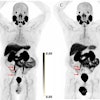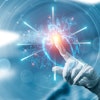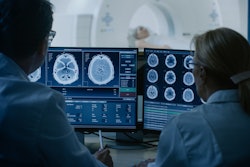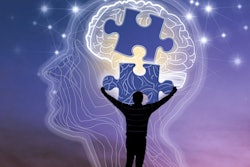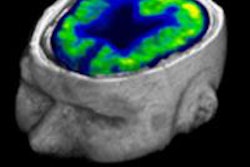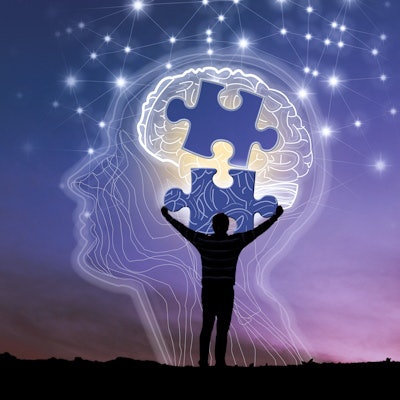
PET imaging has revealed that trigeminal nerve stimulation (TNS) increases brain metabolism and may promote recovery in vegetative or minimally conscious patients, according to a study published May 12 in Brain Stimulation.
A group led by Dr. Chao Ma of Sun Yat-sen Memorial Hospital in Guangzhou, China, explored the use of FDG-PET in patients recovering from disorders of consciousness due to stroke, trauma, and anoxia. The imaging showed that TNS increased brain metabolism in key areas involved in cognition and supports the use of the treatment, the authors suggested.
"As an objective evaluation tool, FDG-PET provides evidence that TNS can enhance the metabolic level of local brain regions," the group wrote.
Disorders of consciousness are the most common complication of severe brain injury. An estimated 300,000 patients are diagnosed with these disorders in the U.S. annually, with up to 15% patients remaining in a vegetative state when discharged, according to the authors.
Trigeminal nerve stimulation (TNS) involves using a noninvasive device to stimulate the nerve, which originates in the brainstem. The treatment has been proposed as a promising intervention for coma awakening in these patients, yet the effect of the treatment on patients is still unclear, the authors explained.
To address this gap in knowledge, the group used clinical functional scoring systems and FDG-PET molecular imaging to study the effects of TNS in 60 adult patients. Patients were randomly assigned to receive TNS (n = 30) or not (control group = 30) for four weeks. FDG-PET was used as an objective assessment of brain function to evaluate the changes in brain metabolism after treatment, with baseline PET scans also acquired.
According to the PET findings, TNS increased brain metabolism in patients in the parahippocampal cortex, precuneus, and middle cingulate cortex, which are key areas known to be involved in various cognitive processes.
In addition, the researchers found a significant connection between FDG-PET changes and improvements in clinical scores using the Glasgow Coma Scale, a scoring system based on motor responses and other criteria. This suggests that the higher levels of brain metabolism seen on FDG-PET scans may be accompanied by stronger consciousness improvements, the authors noted.
"Compared with baseline, the metabolism in the right parahippocampal cortex, right precuneus, and bilateral middle cingulate cortex of the TNS group increased significantly after two weeks of treatment," they wrote.
Ultimately, the study is among the first reports of the effects of TNS treatment in patients with prolonged disorders of consciousness and validates FDG-PET as an objective method in clinical studies to assist in the diagnosis and evaluation of these patients, the group concluded.



